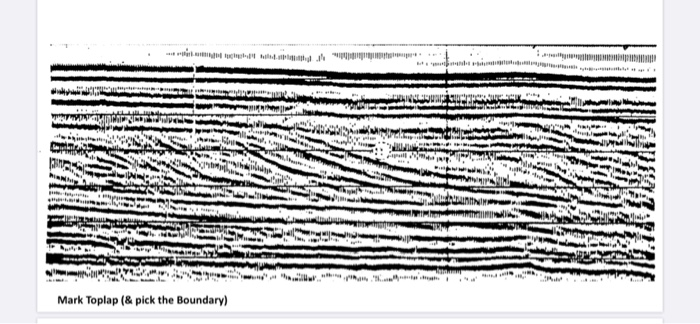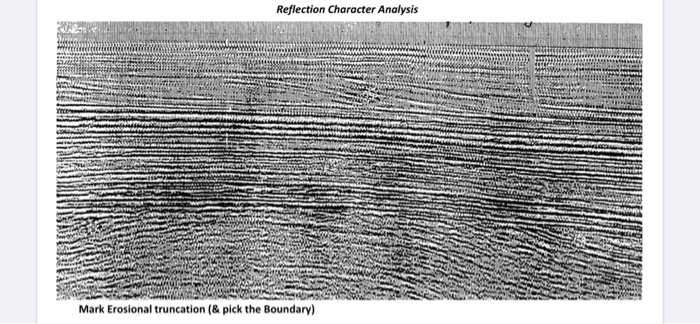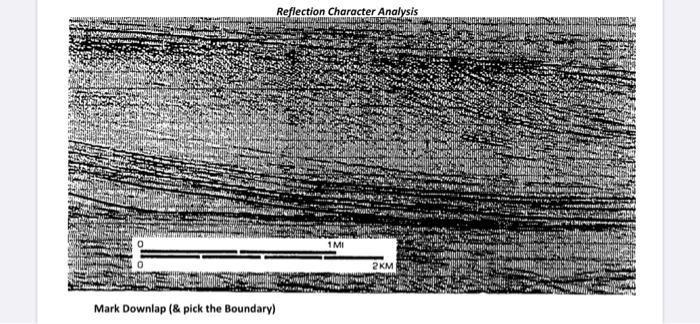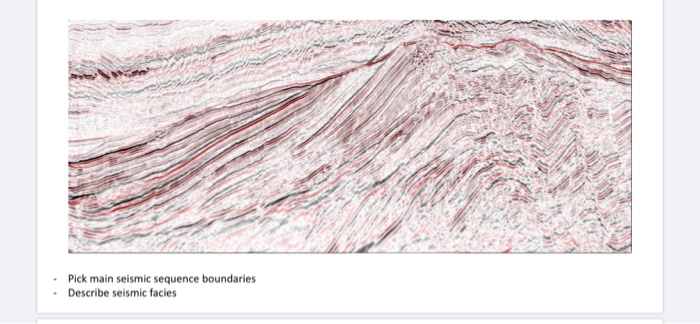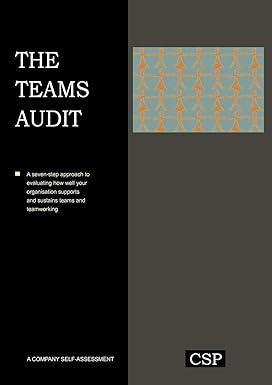Mark Toplap (& pick the Boundary) Reflection Character Analysis Mark Erosional truncation (& pick the Boundary) 9-3 Reflection Character Analysis Mark Onlap (& pick the Boundary) Reflection Character Analysis 1 MI 2KM Mark Downlap (& pick the Boundary) V = 2.5H Pick main seismic sequence boundaries Describe seismic facies Pick main seismic sequence boundaries Describe seismic facies Pick main seismic sequence boundaries Describe seismic facies TWT Pick main seismic sequence boundaries Describe seismic facies 1. Define sequences as packages of concordant reflectors (use reflector termination to define sequence boundaries) 2. Describe Seismic facies of a sequence 1. reflector configuration 2. Continuity 3. Amplitude 4. Frequency 5. interval velocity 3. Define external form of sequence (3-D 'shape') 4. Integrate all available data to make interpretation about: facies, depositional environments, paleogeography Seismic Character analysis (Reflection termination) Depositional sequence boundaries (unconformities) are recognized on seismic data by identifying reflections caused by lateral terminations of strata Erosional Toplap Onlap Downlap Younger Beds Younger Beds Older Beds Older Erosional Truncation: The lateral termination of strata by erosion Toplap: The lateral termination of inclined strata (updip direction) Onlap: Younger strata terminate against more inclined older strata Downlap: Younger strata terminate against less inclined older strata UPPER BOUNDARY LOWER BOUNDARY toplap onlap downlap A B. onlap angular truncation SOOS SLOOOL onlap C. D. Mark Toplap (& pick the Boundary) Reflection Character Analysis Mark Erosional truncation (& pick the Boundary) 9-3 Reflection Character Analysis Mark Onlap (& pick the Boundary) Reflection Character Analysis 1 MI 2KM Mark Downlap (& pick the Boundary) V = 2.5H Pick main seismic sequence boundaries Describe seismic facies Pick main seismic sequence boundaries Describe seismic facies Pick main seismic sequence boundaries Describe seismic facies TWT Pick main seismic sequence boundaries Describe seismic facies 1. Define sequences as packages of concordant reflectors (use reflector termination to define sequence boundaries) 2. Describe Seismic facies of a sequence 1. reflector configuration 2. Continuity 3. Amplitude 4. Frequency 5. interval velocity 3. Define external form of sequence (3-D 'shape') 4. Integrate all available data to make interpretation about: facies, depositional environments, paleogeography Seismic Character analysis (Reflection termination) Depositional sequence boundaries (unconformities) are recognized on seismic data by identifying reflections caused by lateral terminations of strata Erosional Toplap Onlap Downlap Younger Beds Younger Beds Older Beds Older Erosional Truncation: The lateral termination of strata by erosion Toplap: The lateral termination of inclined strata (updip direction) Onlap: Younger strata terminate against more inclined older strata Downlap: Younger strata terminate against less inclined older strata UPPER BOUNDARY LOWER BOUNDARY toplap onlap downlap A B. onlap angular truncation SOOS SLOOOL onlap C. D
